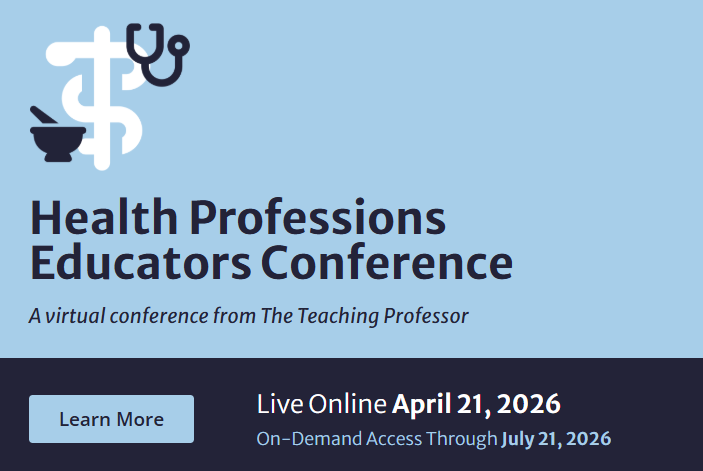Editor’s note: The following is an excerpt from Student-Generated Reading Questions: Diagnosing Student Thinking with Diverse Formative Assessments, Biochemistry and Molecular Biology Education, 42 (1), 29-38. The Teaching Professor Blog recently named it to its list of top pedagogical articles.
As instructors, we make a myriad of assumptions about the knowledge students bring to our courses. These assumptions influence how we plan for courses, what information we decide to cover, and how we engage our students. Often there is a mismatch between our expectations about what students know and how students actually think about a topic that is not uncovered until too late, after we examine student performance on quizzes and exams. Narrowing this gap requires the use of well-crafted formative assessments that facilitate diagnosing student learning throughout the teaching process.



